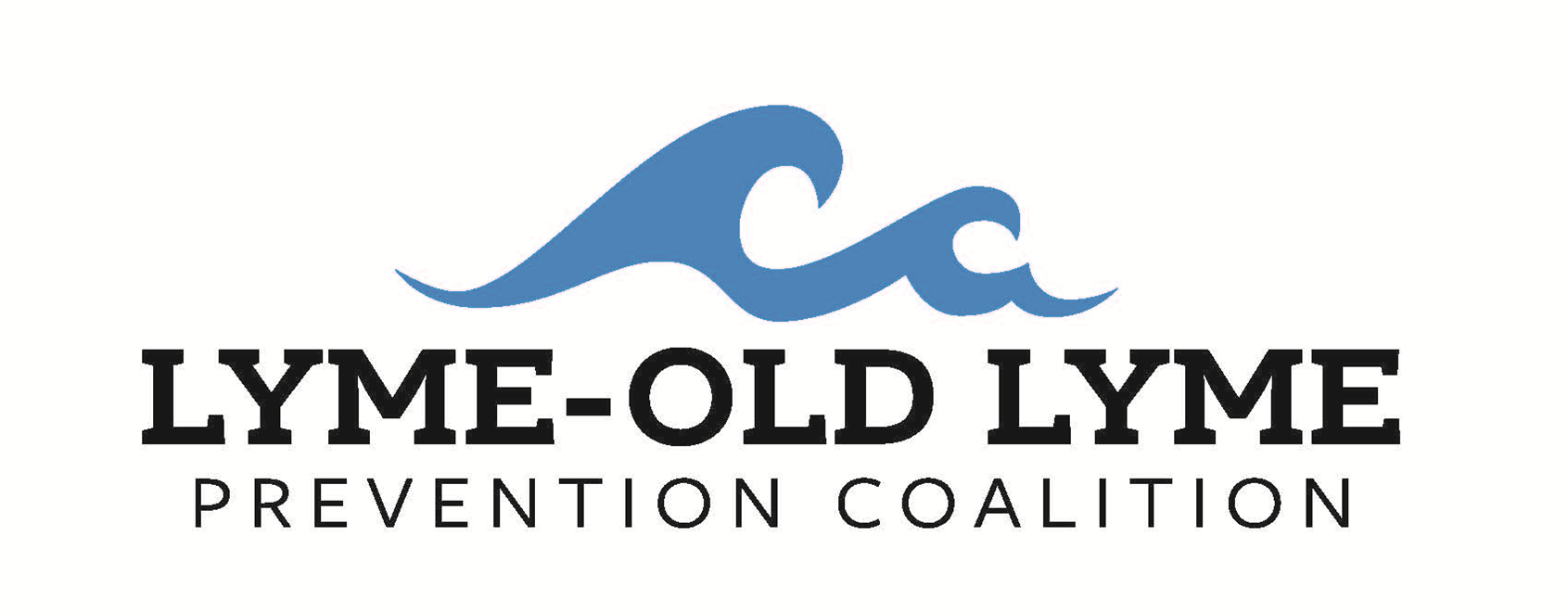The Role of Prevention and Substance Abuse Disorder

As we recognize both National Prevention Week and National Mental Health Awareness Month during the month of May, the Lyme-Old Lyme Prevention Coalition is actively working to educate the community about substance abuse, our youth, and the role of prevention. Understanding how substance use and abuse before the age of 25 has a profound impact on our youth is a critical step in preventing adolescent alcohol and drug use.
According to the National Institute on Drug Abuse (NIDA) drug addiction is classified as a mental illness because addiction changes the brain in fundamental ways, disturbing a person’s normal hierarchy of needs and desires, and substituting new priorities connected with procuring and using drugs. The resulting compulsive behaviors that override the ability to control impulses despite the consequences are similar to hallmarks of other mental illnesses.
In fact, the Diagnostic and Statistical Manual of Mental Disorders (DSM), which is the definitive resource of diagnostic criteria for all mental disorders, includes criteria for drug use disorders, distinguishing between two types: drug abuse and drug dependence. Drug dependence is synonymous with addiction. By comparison, the criteria for drug abuse hinges on the harmful consequences of repeated use but does not include the compulsive use, tolerance (i.e., needing higher doses to achieve the same effect), or withdrawal (i.e., symptoms that occur when use is stopped) that can be signs of addiction.
Many people who regularly abuse drugs are also diagnosed with mental disorders and vice versa. The high prevalence of this comorbidity has been documented in multiple national population surveys since the 1980s. Data show that persons diagnosed with mood or anxiety disorders are about twice as likely to suffer also from a substance use disorder (abuse or dependence) compared with respondents in general. The same is true for those diagnosed with an antisocial syndrome, such as antisocial personality or conduct disorder. Similarly, persons diagnosed with substance use disorders are roughly twice as likely to suffer also from mood and anxiety disorders.
Adolescence–A Vulnerable Time.
Although substance abuse and addiction can happen at any time during a person’s life, drug use typically starts in adolescence, a period when the first signs of mental illness commonly appear. It is therefore not surprising that comorbid disorders can already be seen among youth. Significant changes in the brain occur during adolescence, which may enhance vulnerability to drug use and the development of addiction and other mental disorders. Drugs of abuse affect brain circuits involved in learning and memory, reward, decision making, and behavioral control, all of which are still maturing into early adulthood.
One of the brain areas still maturing during adolescence is the prefrontal cortex– the part of the brain that enables us to assess situations, make sound decisions, and keep our emotions and desires under control. The fact that this critical part of an adolescent’s brain is still a work in progress puts them at increased risk for poor decision making (such as trying drugs or continuing abuse). Thus, introducing drugs while the brain is still developing may have profound and long-lasting consequences. This is especially true as we see a rise in marijuana use and the extremely high amounts of THC found in today’s cannabis market.
The more we learn, the better we understand the abilities and vulnerabilities of teens, and the significance of this stage for life-long mental health. The fact that so much change is taking place
beneath the surface may be something for parents, family members, and others to keep in mind during the ups and downs of adolescence.
Research has shown that prevention programs involving families, schools, communities, and the media are effective in reducing drug abuse. For more information about the work of the Lyme-Old Lyme Prevention Coalition, visit our website at www.lysb.org.
We also host a Community Podcast: L-OL:In it Together where you can find episodes related to prevention. Please find links to the show at www.lysb.org/podcast. (Source: NIDA)
For more information or support- Alli Behnke, MSW- Prevention Coordinator LYSB abehnke@lysb.org www.lysb.org
